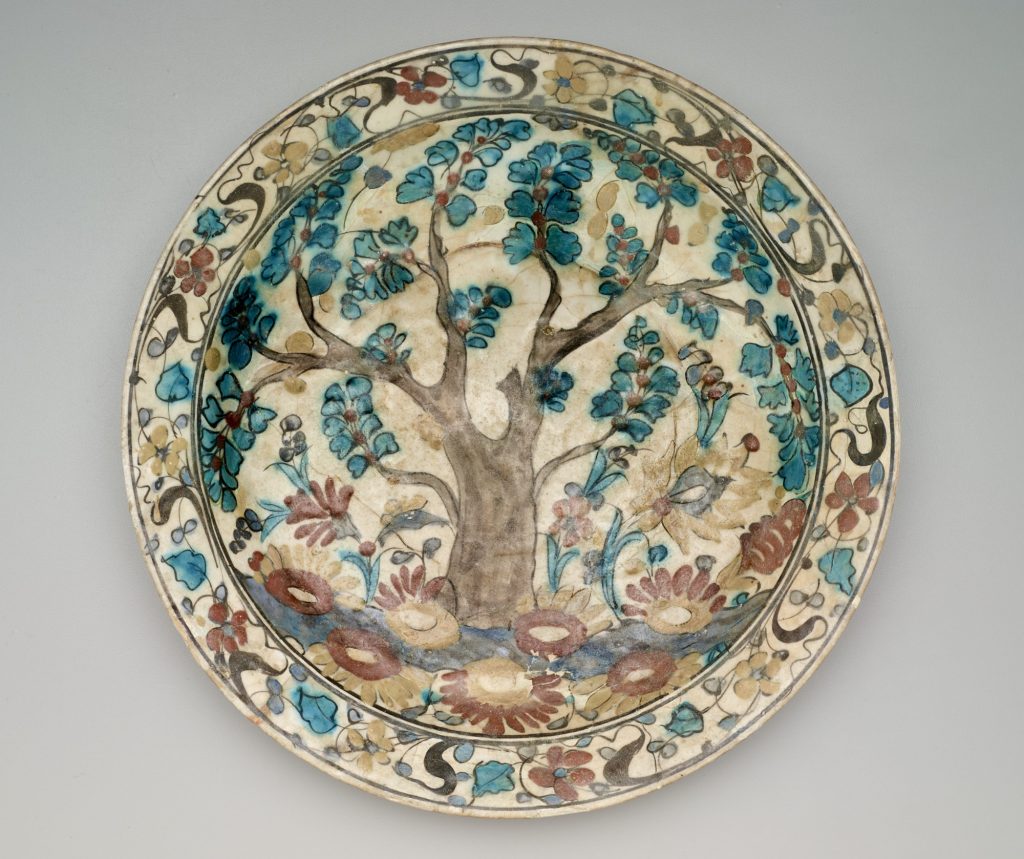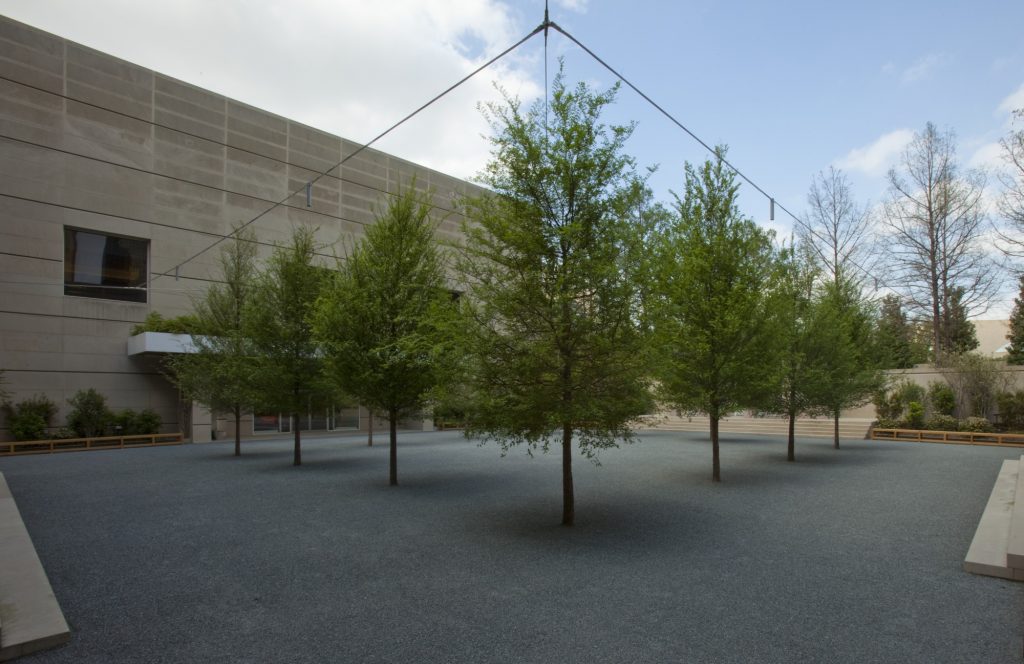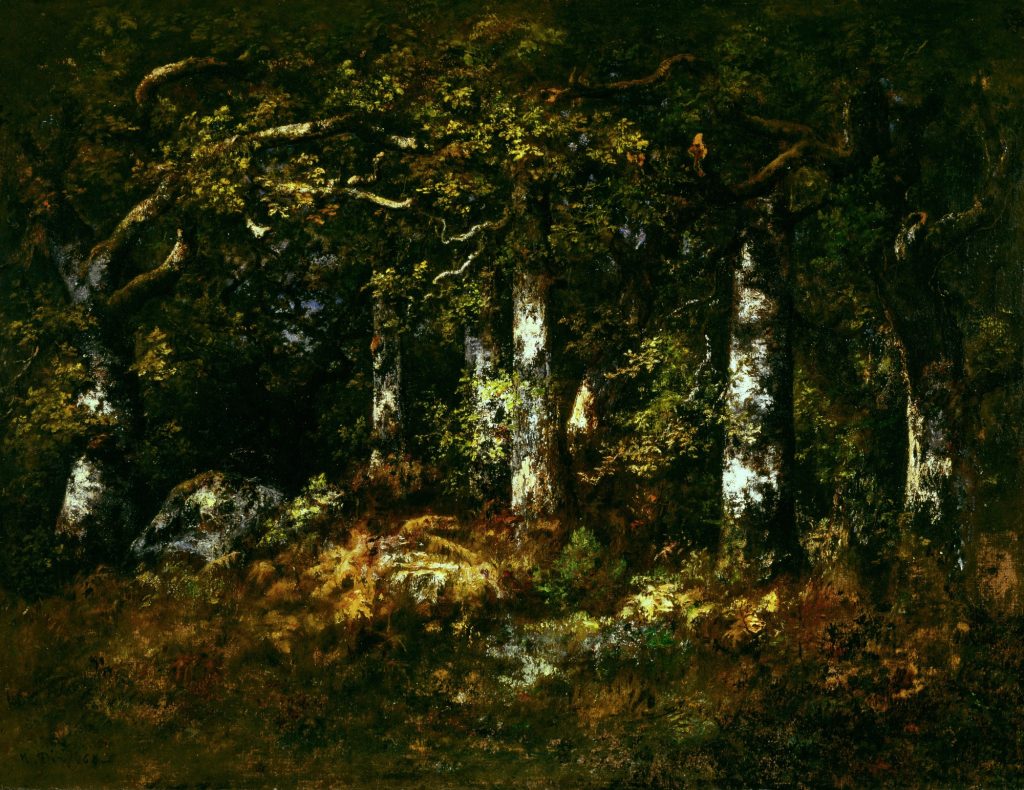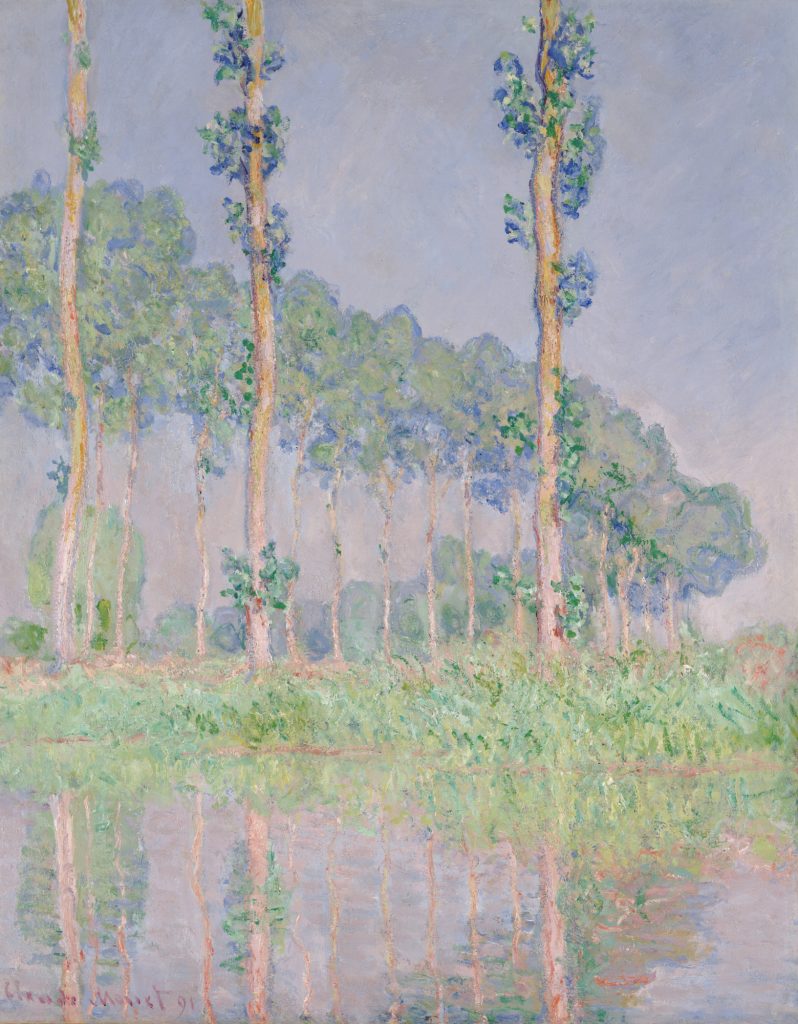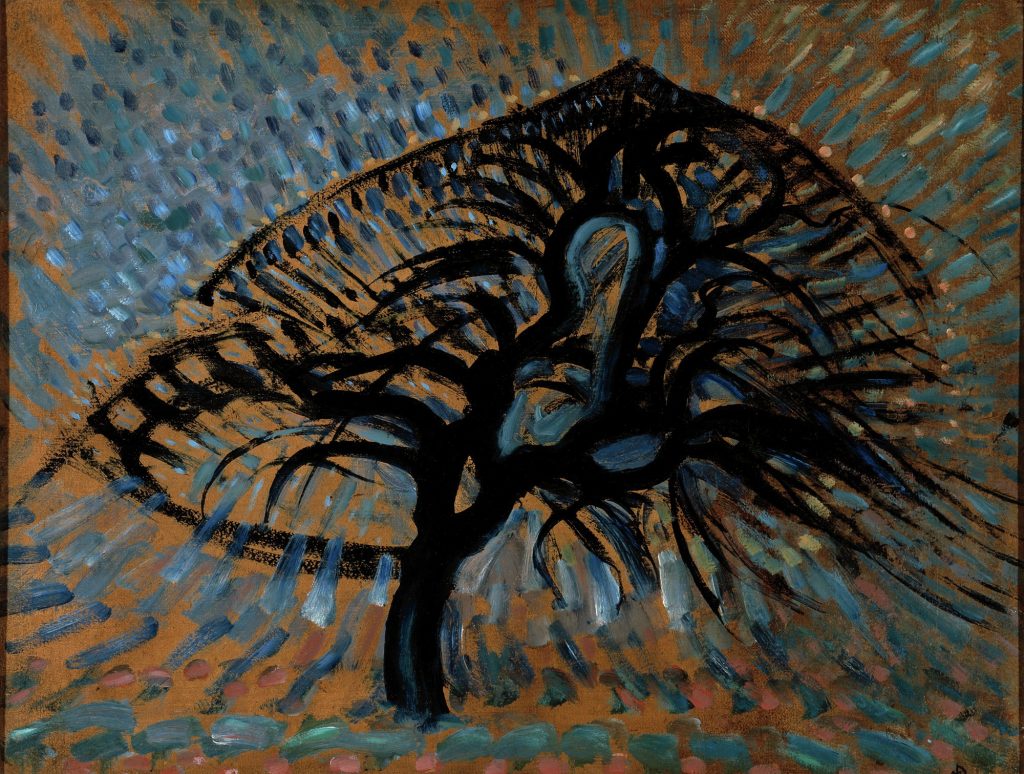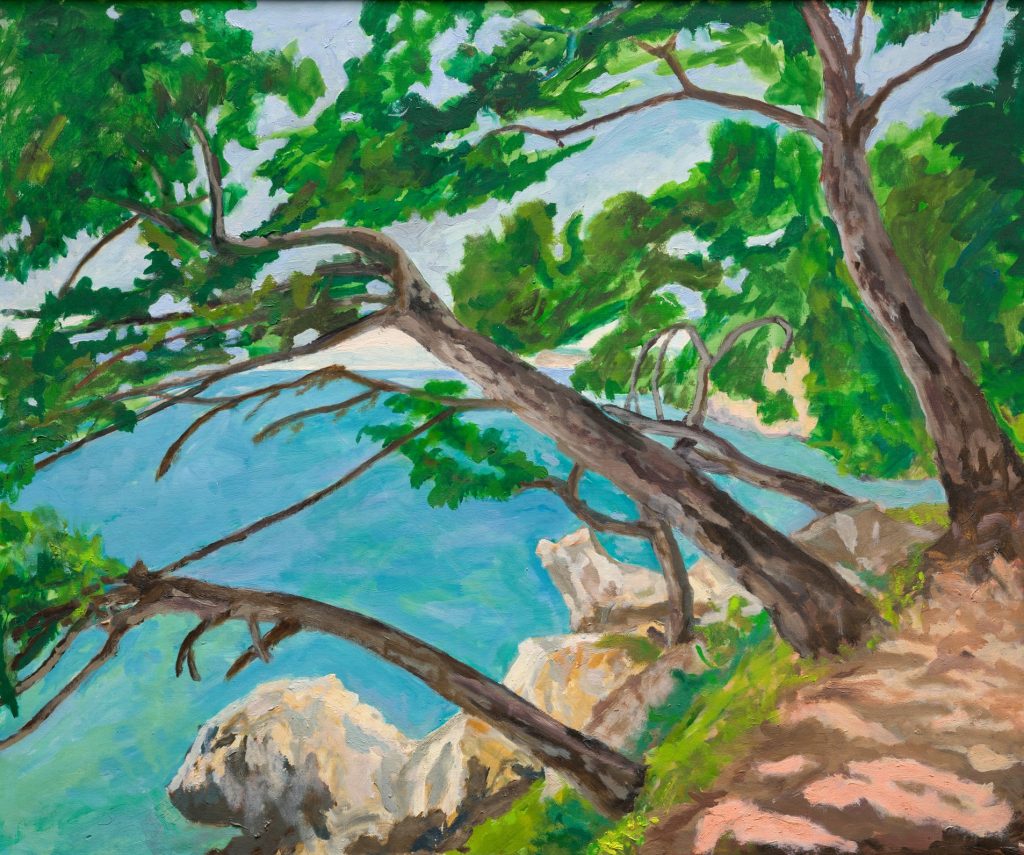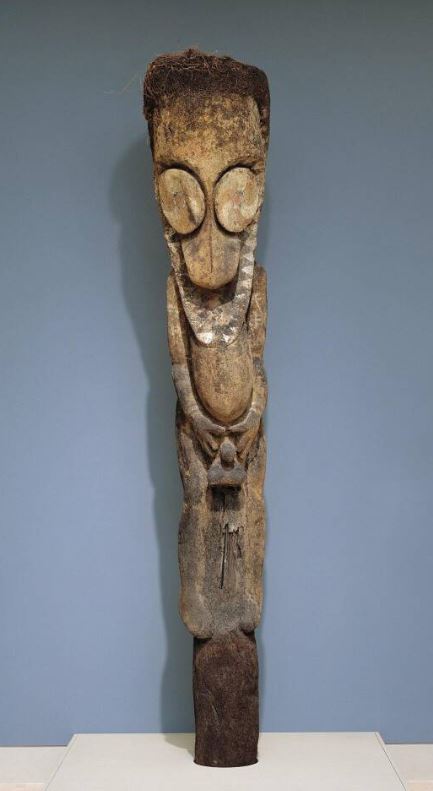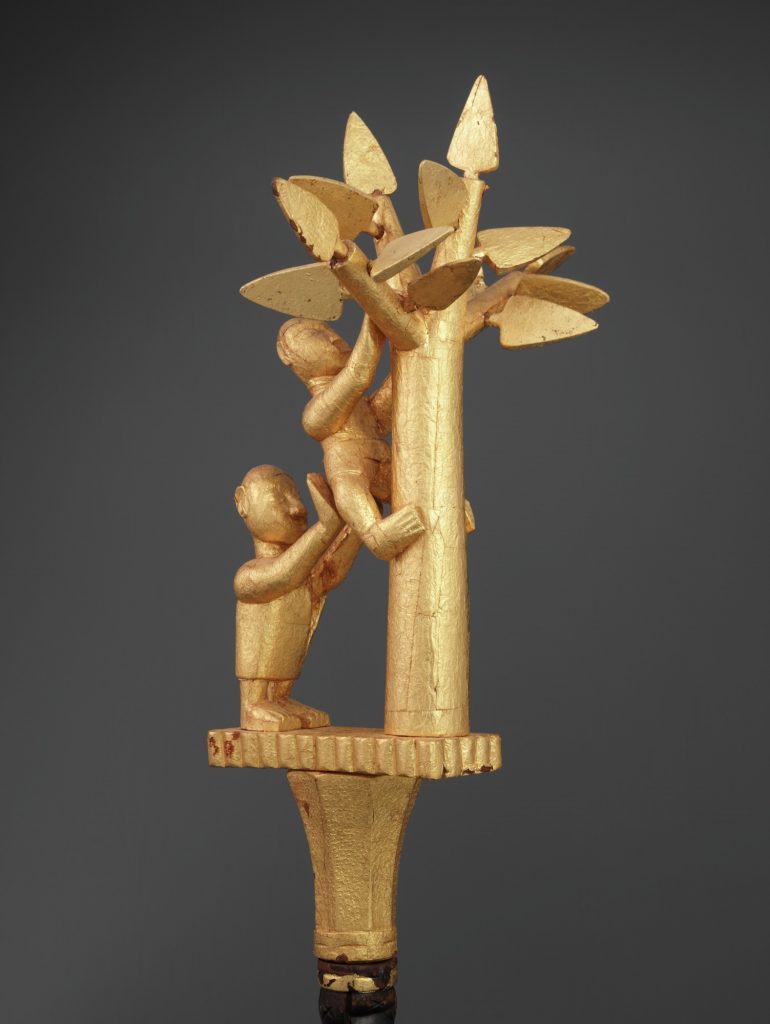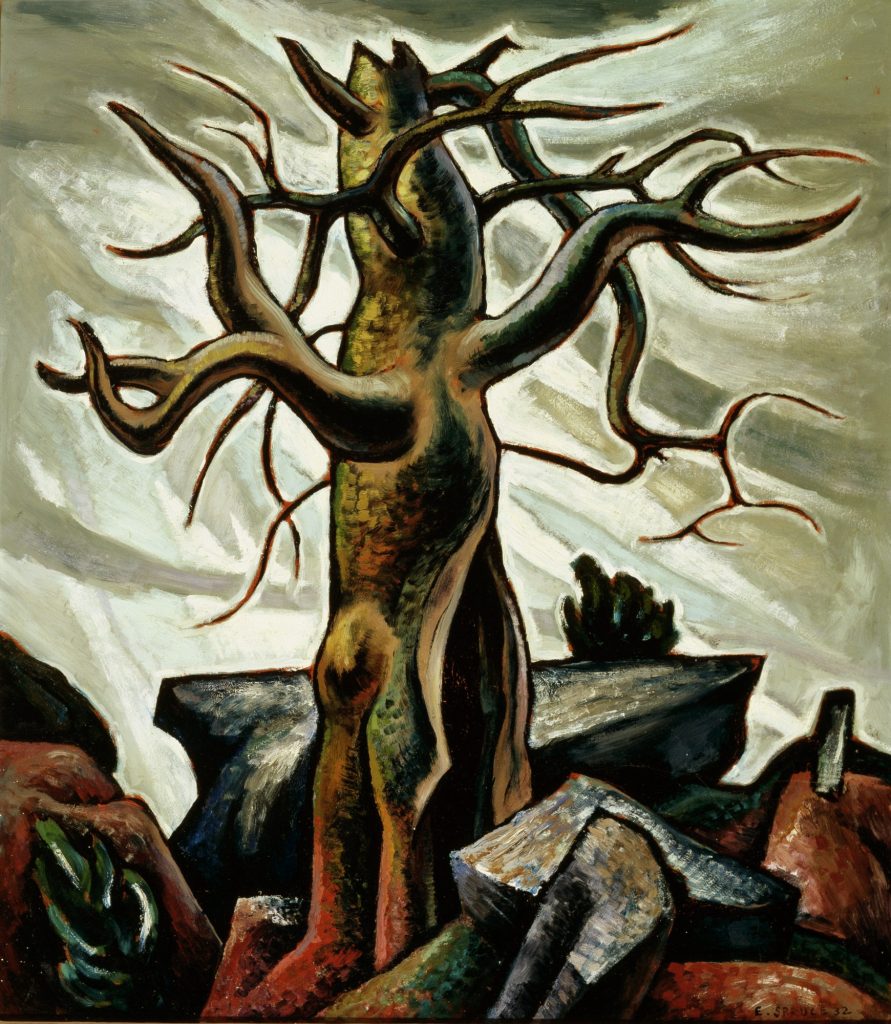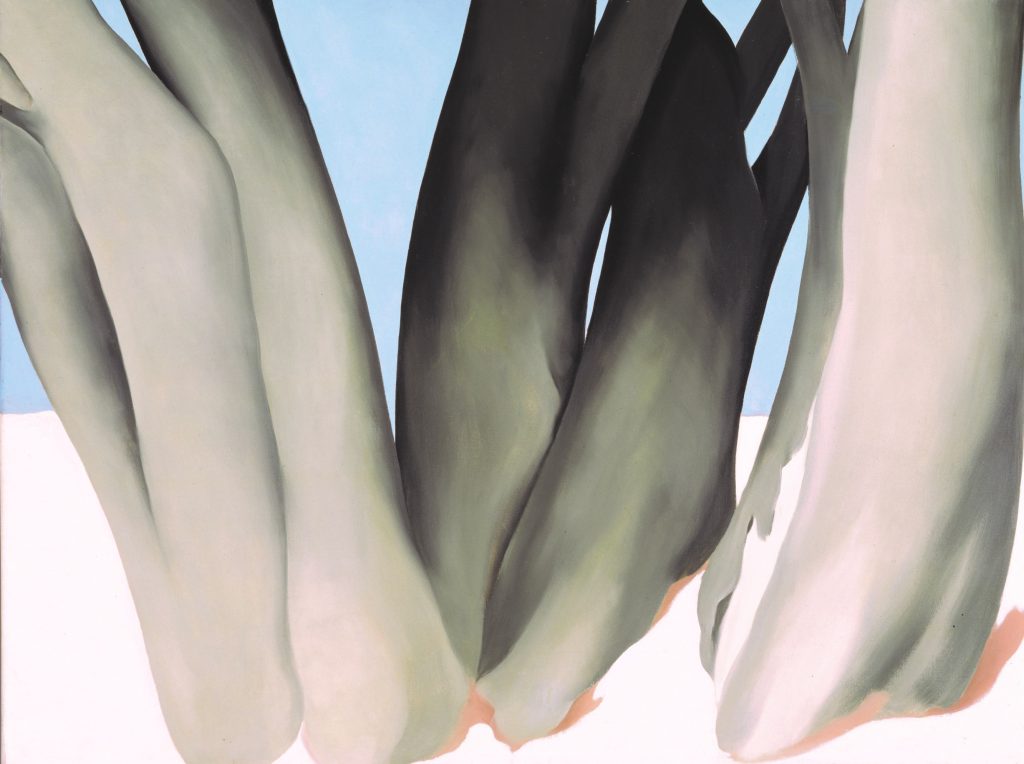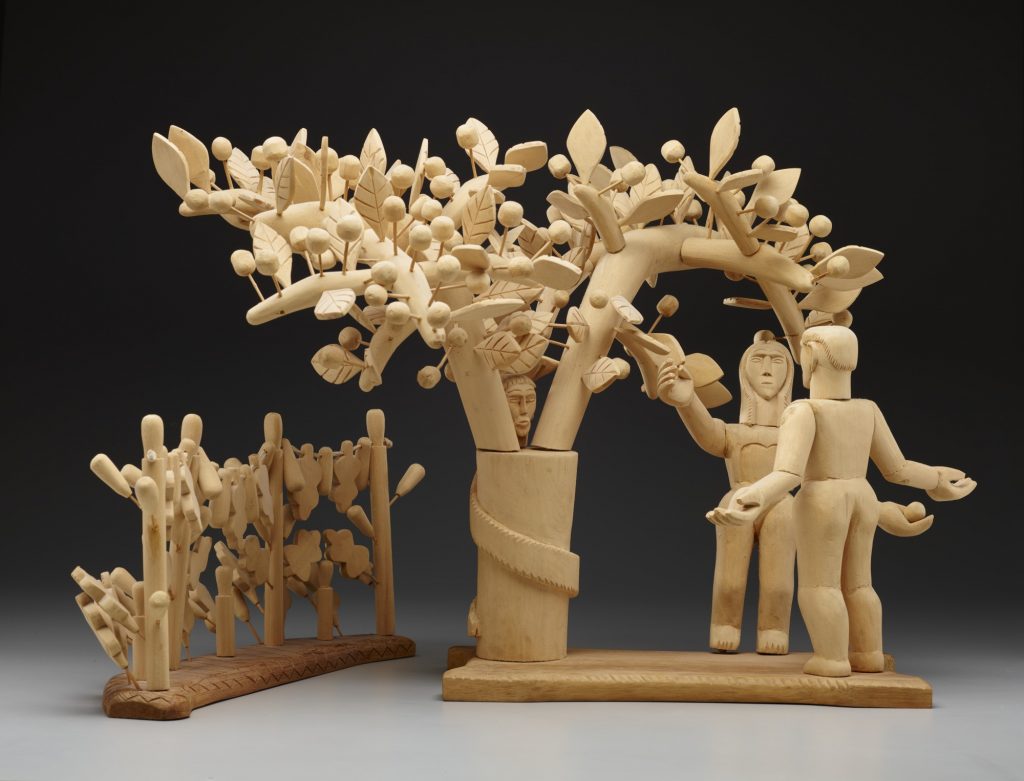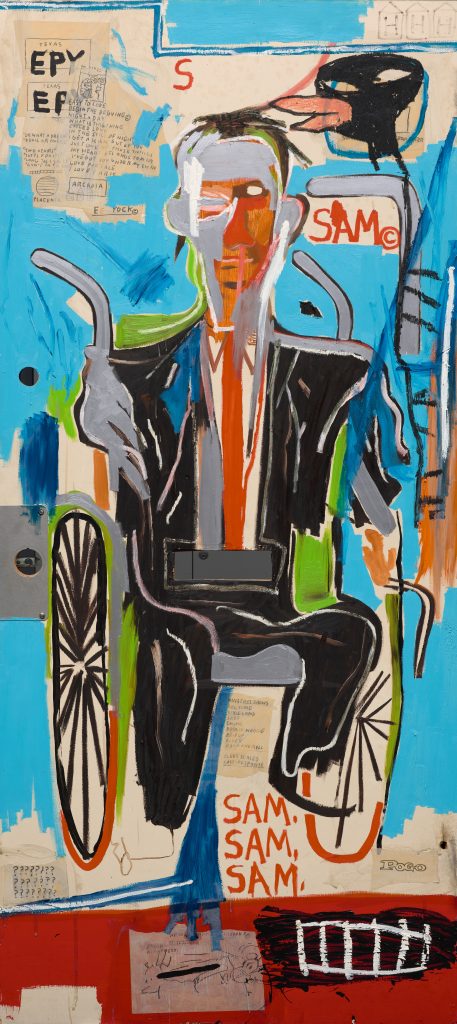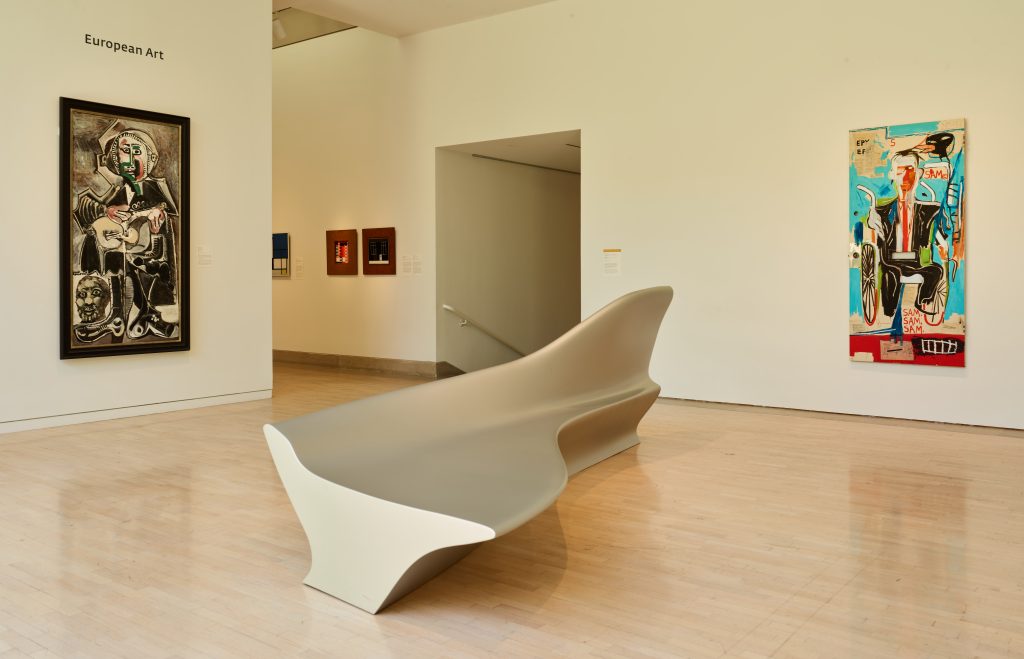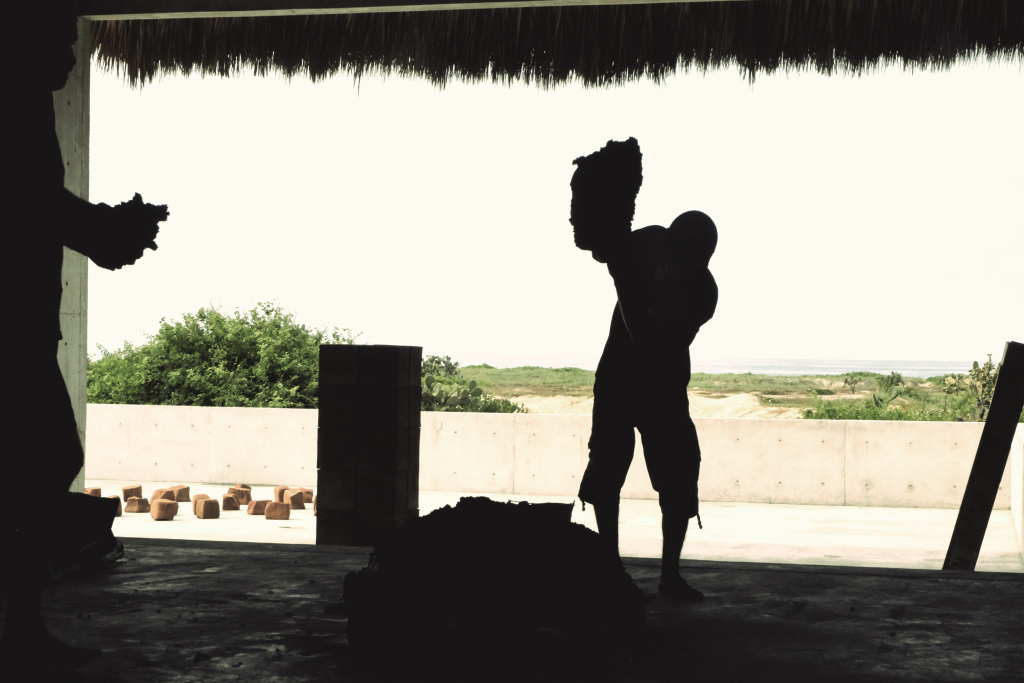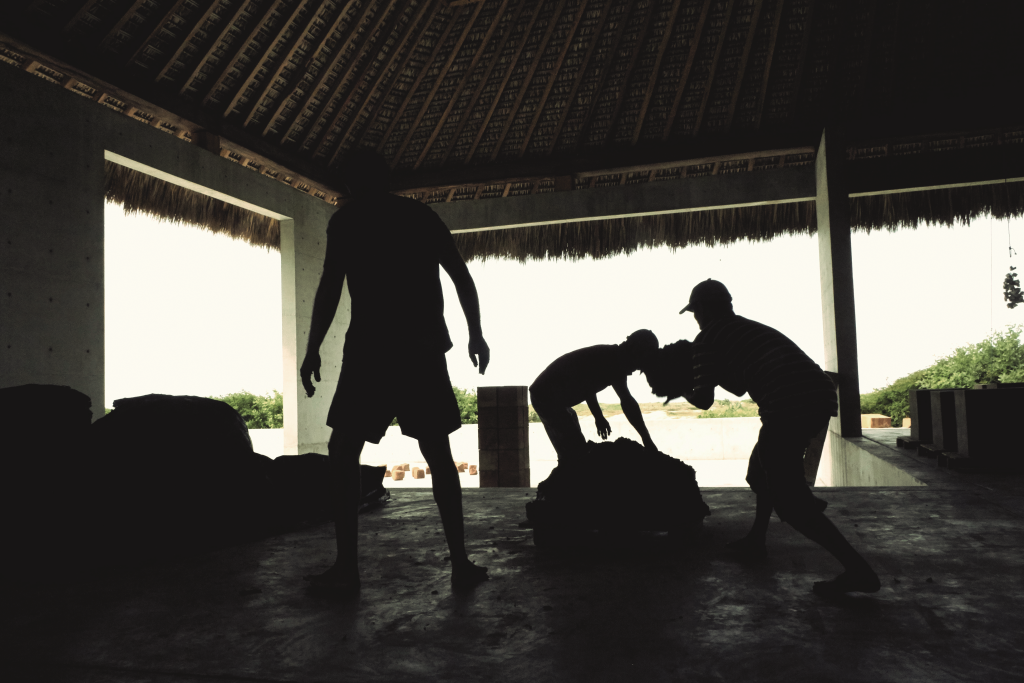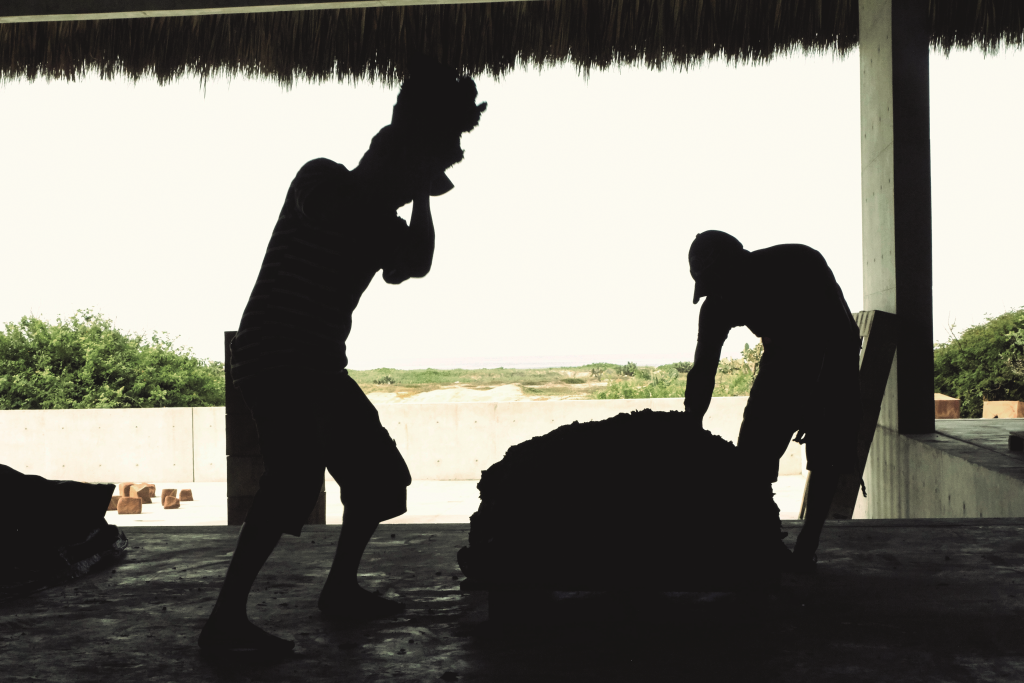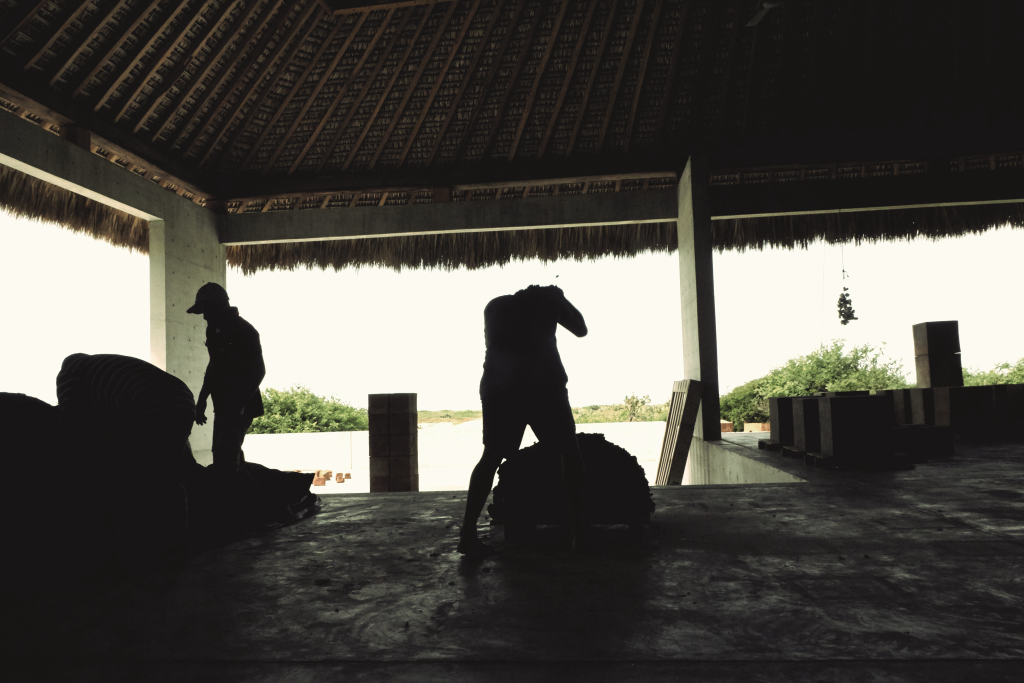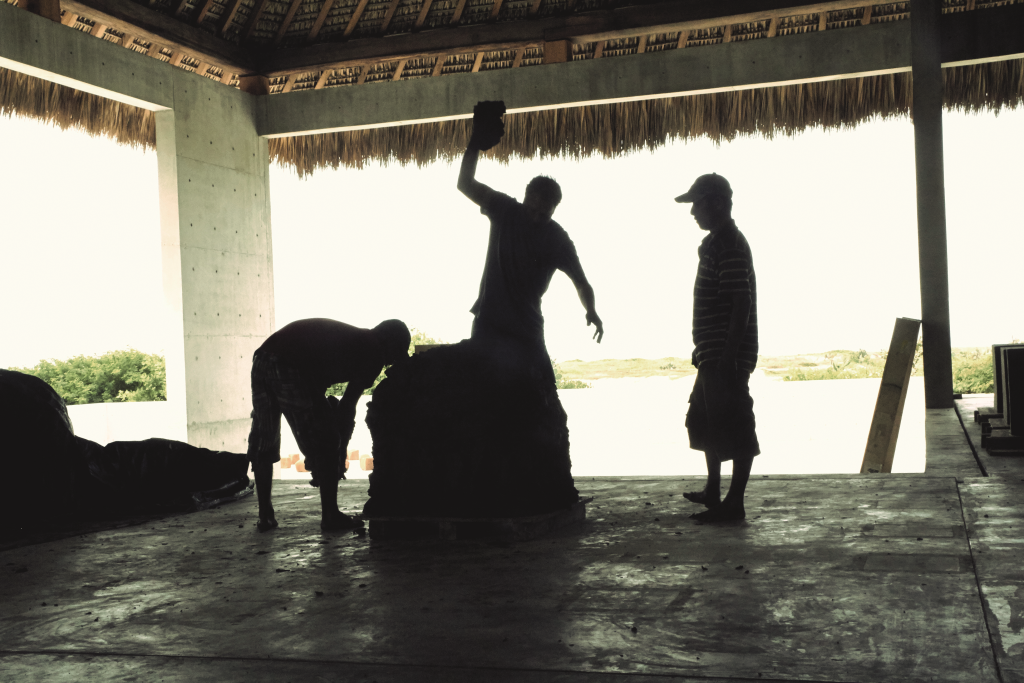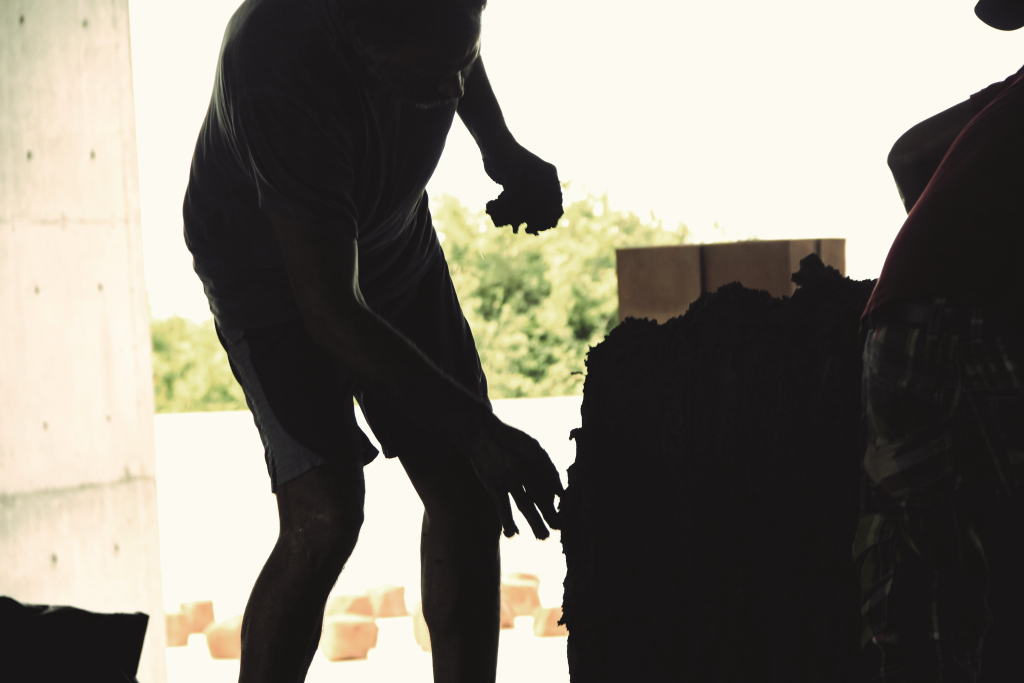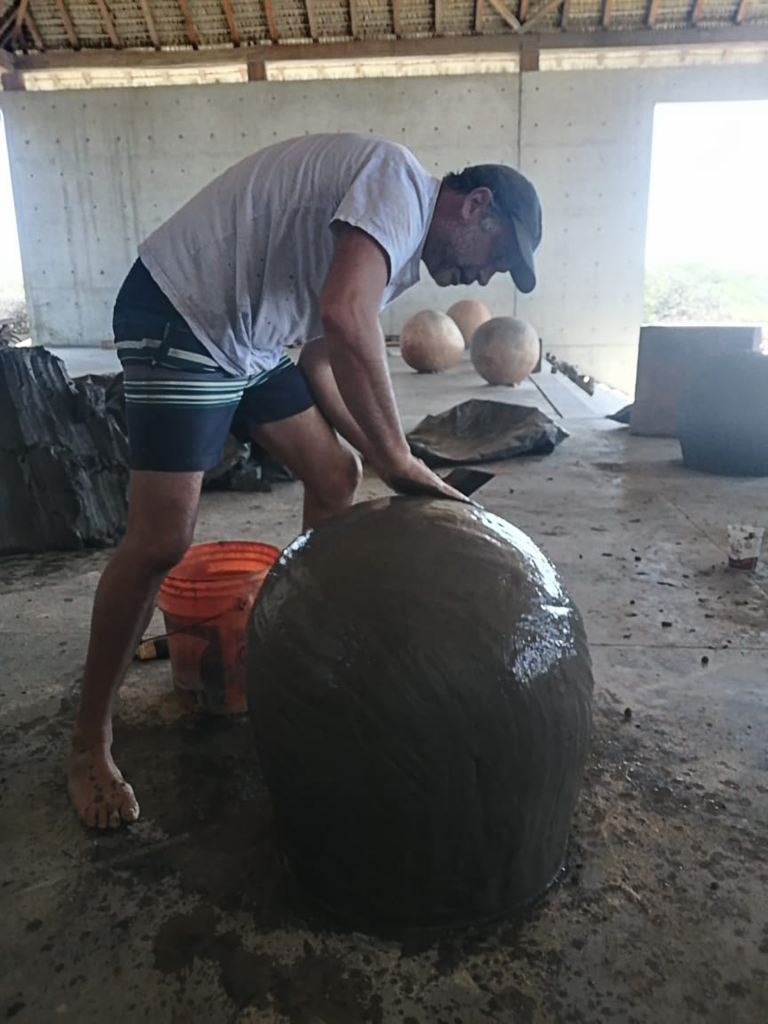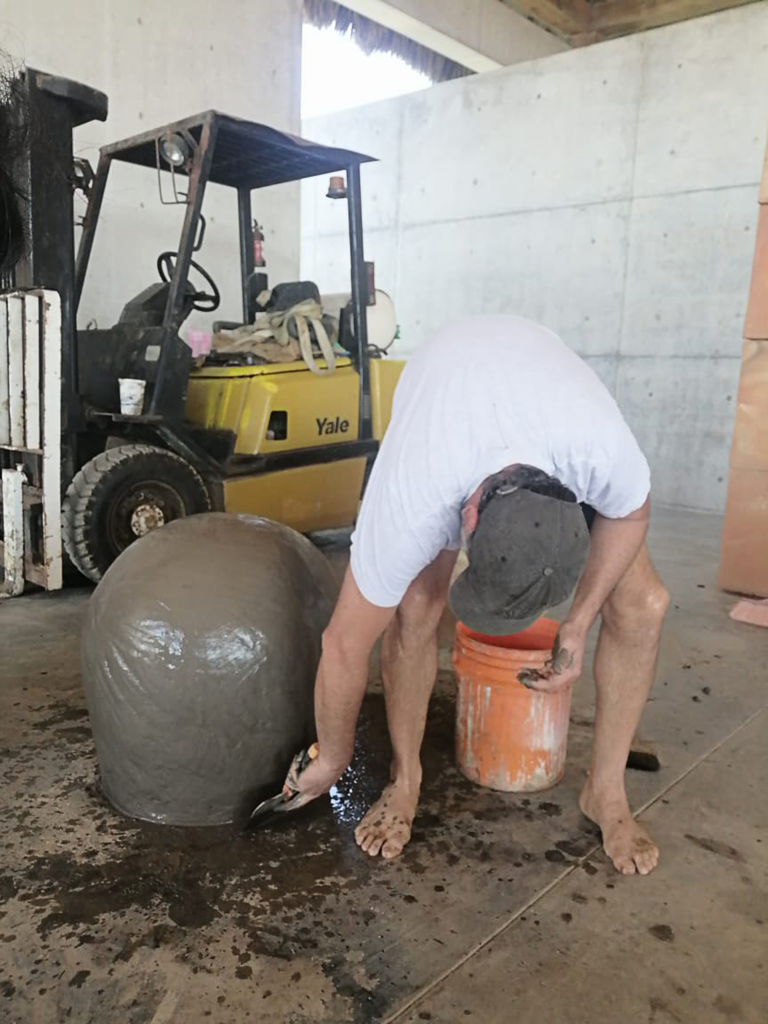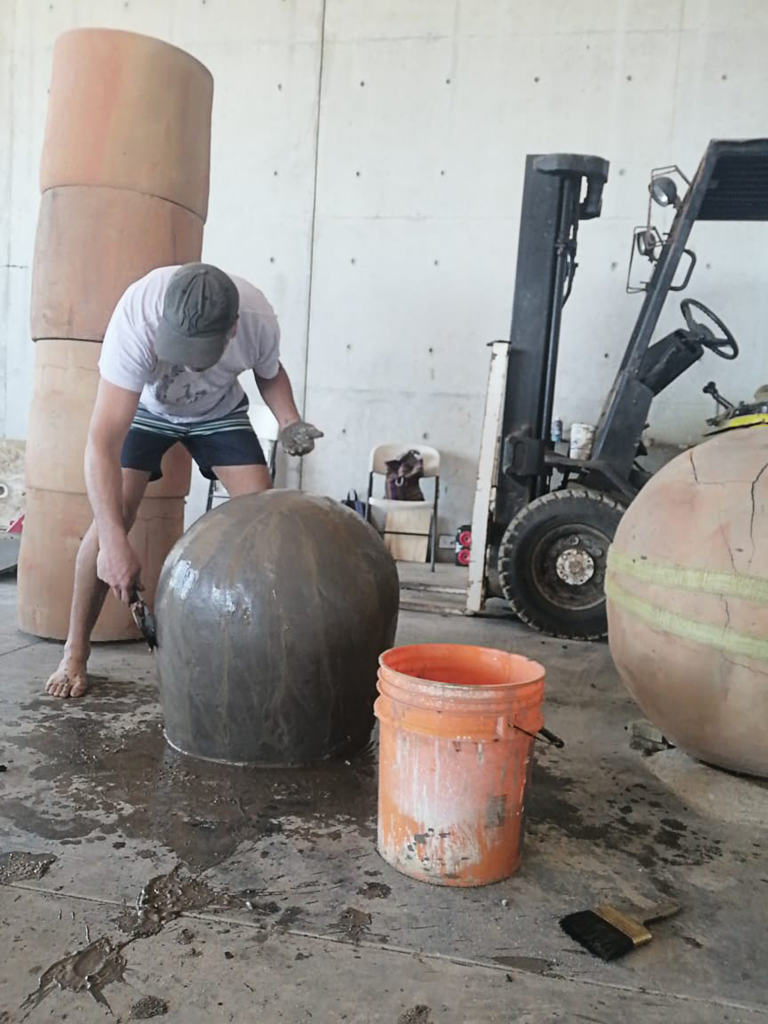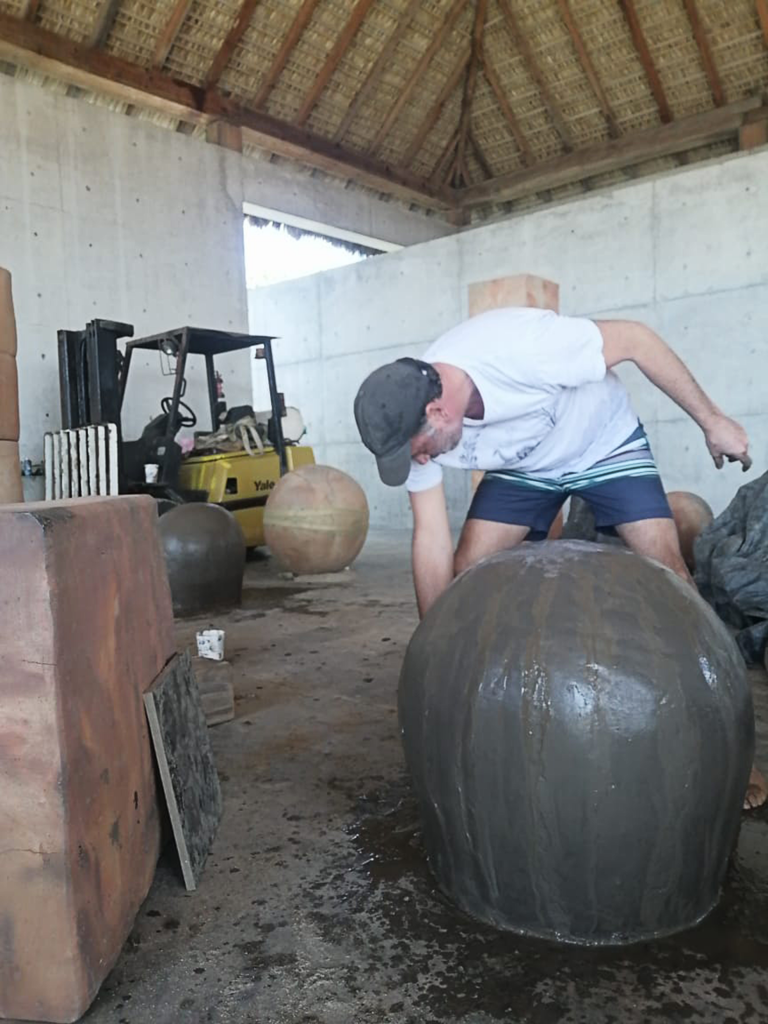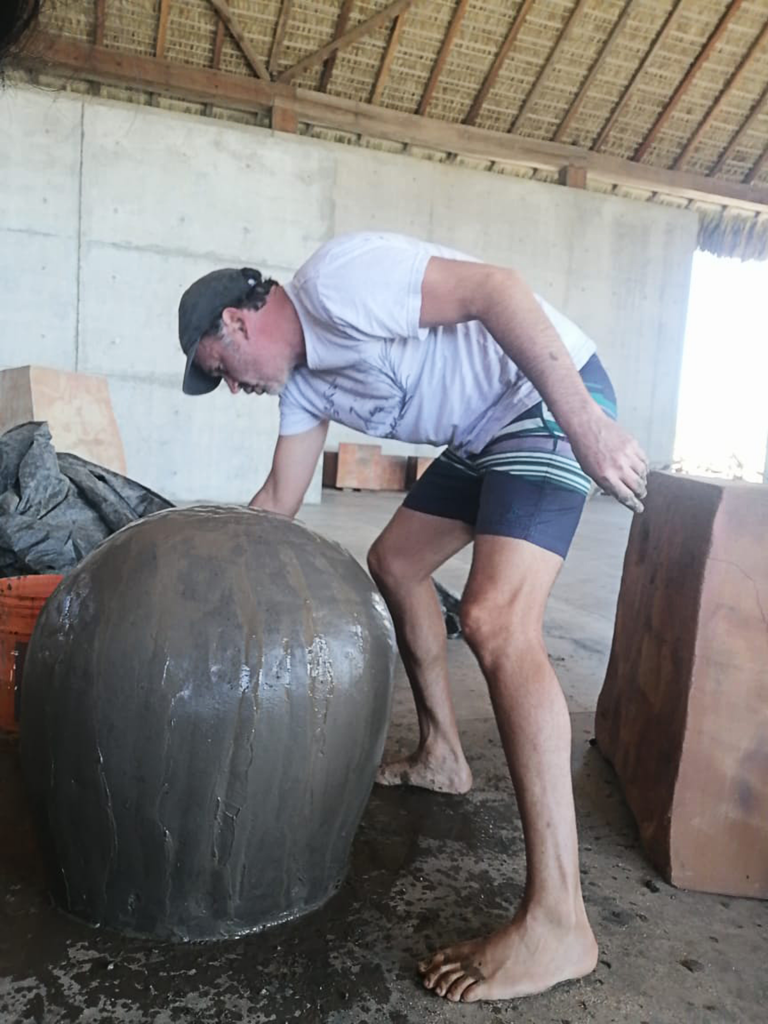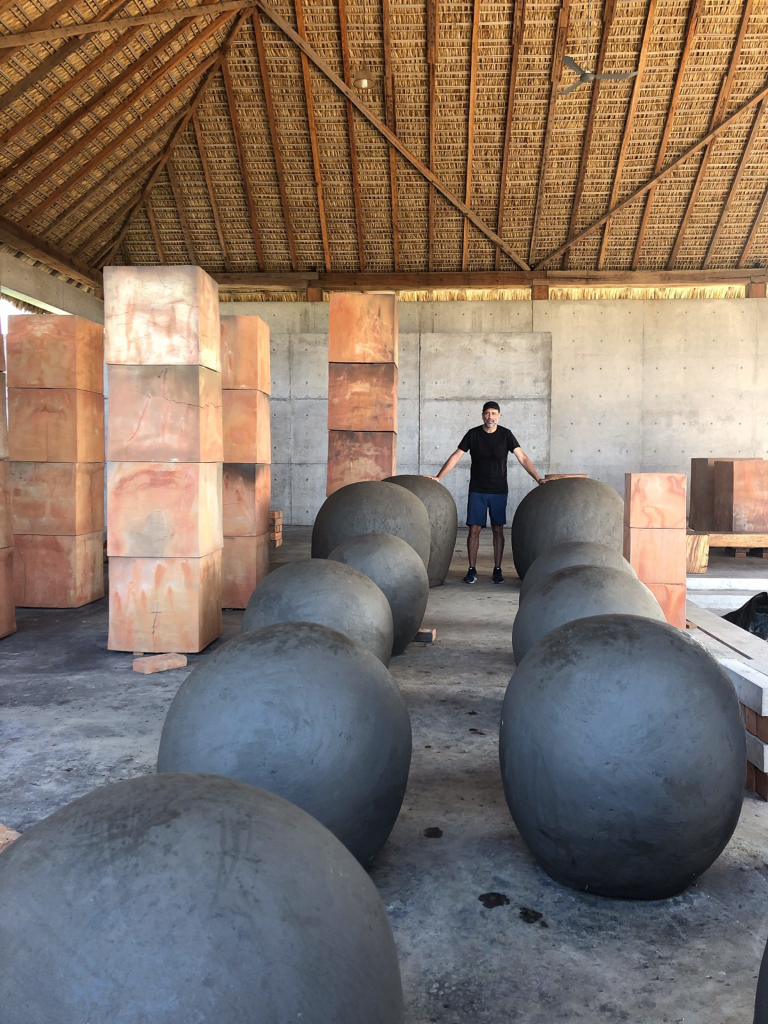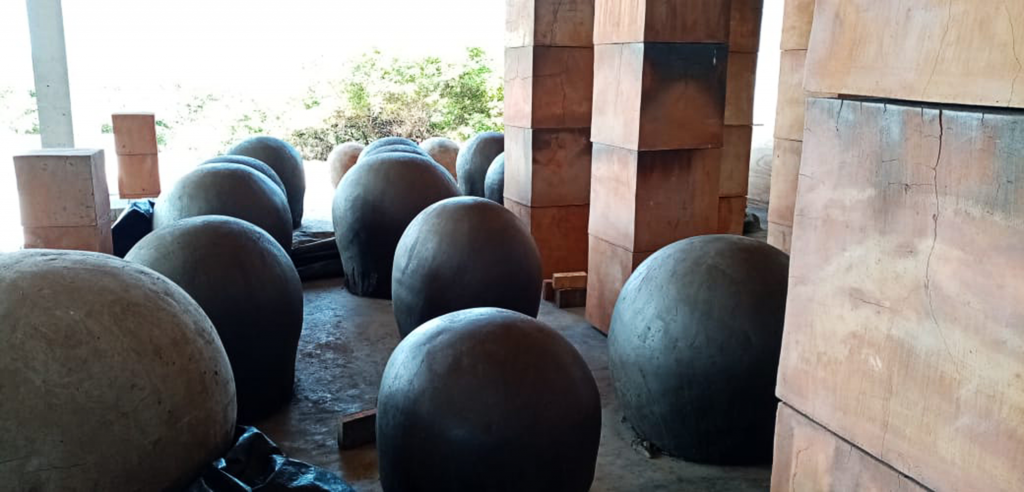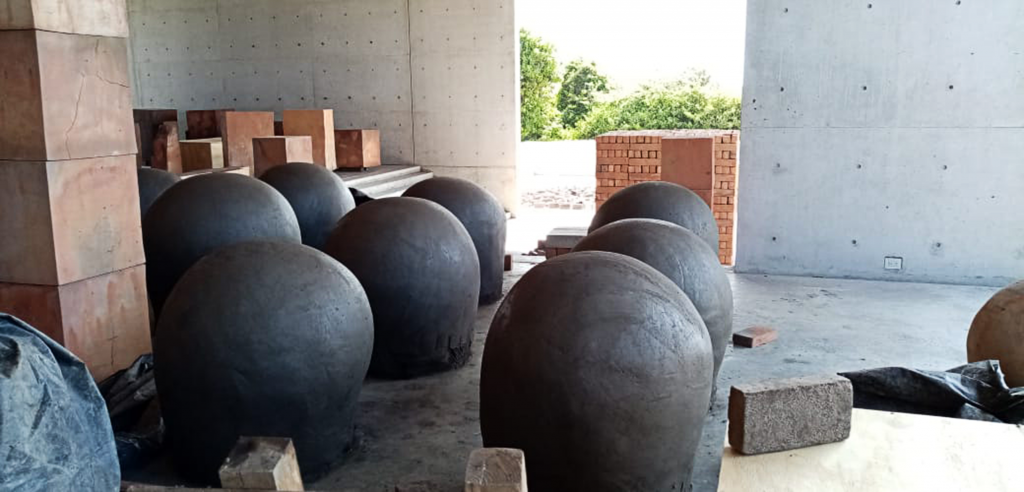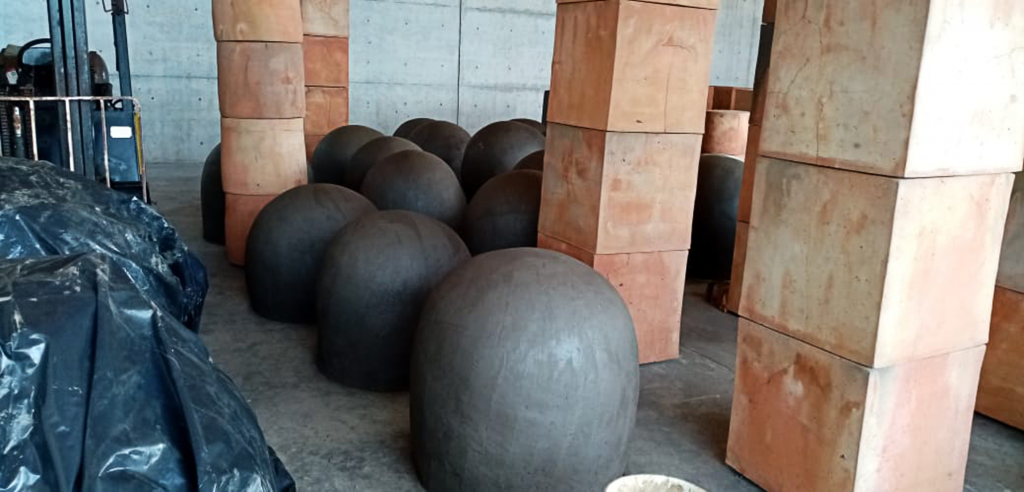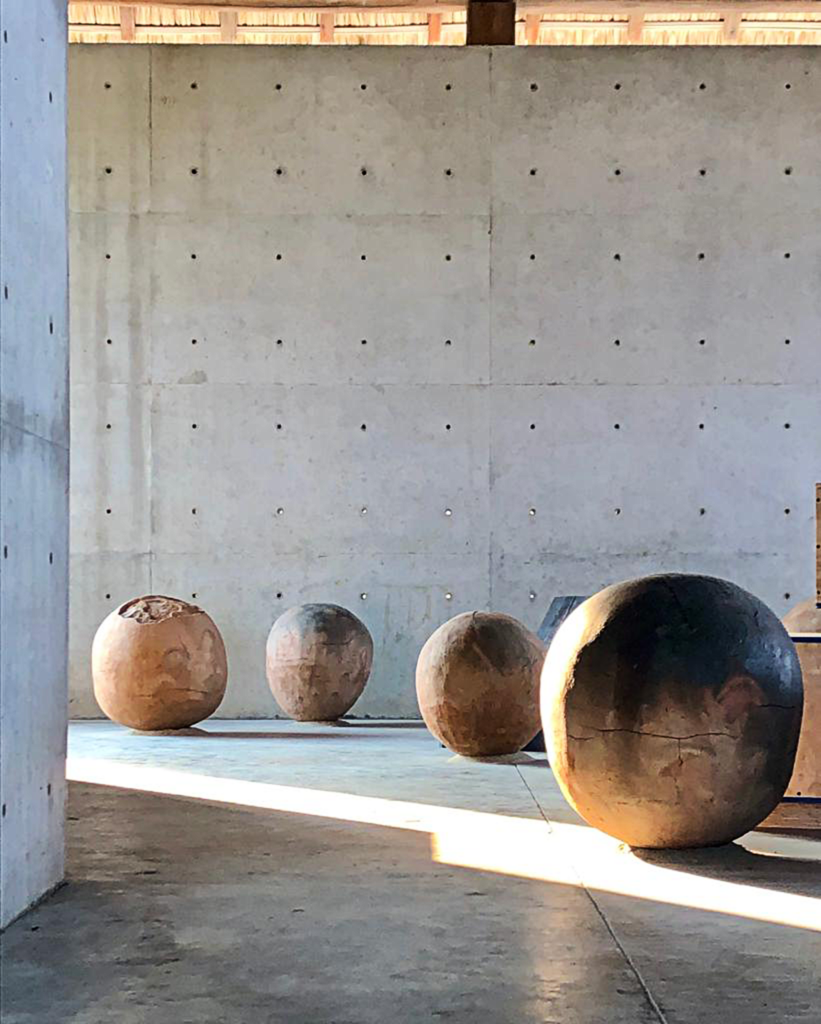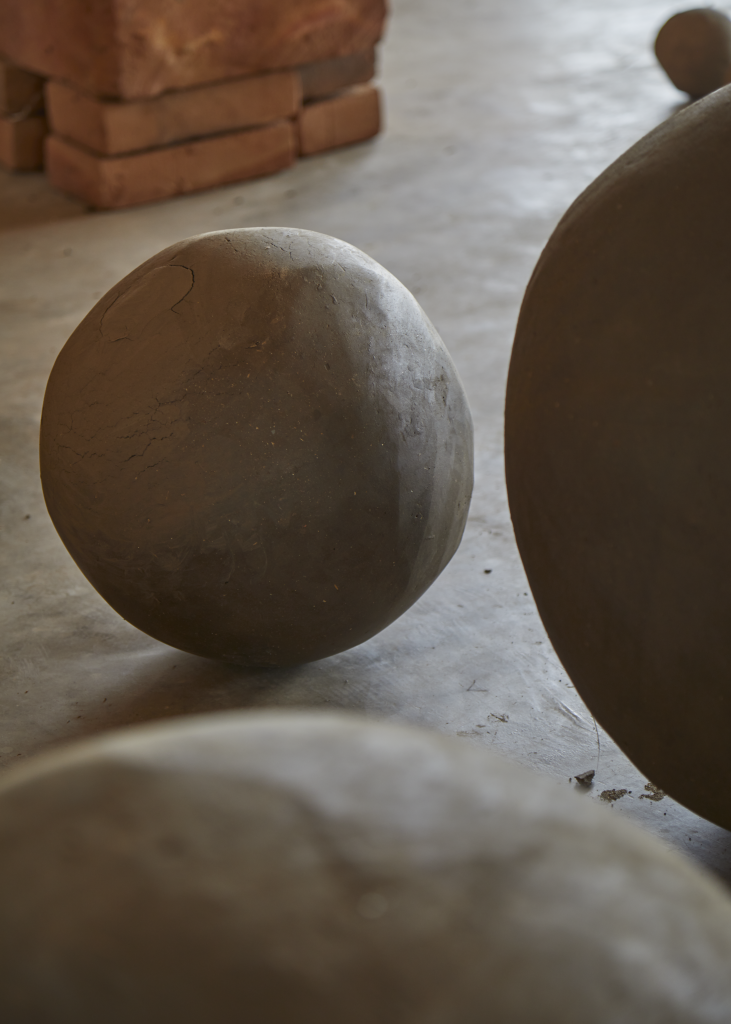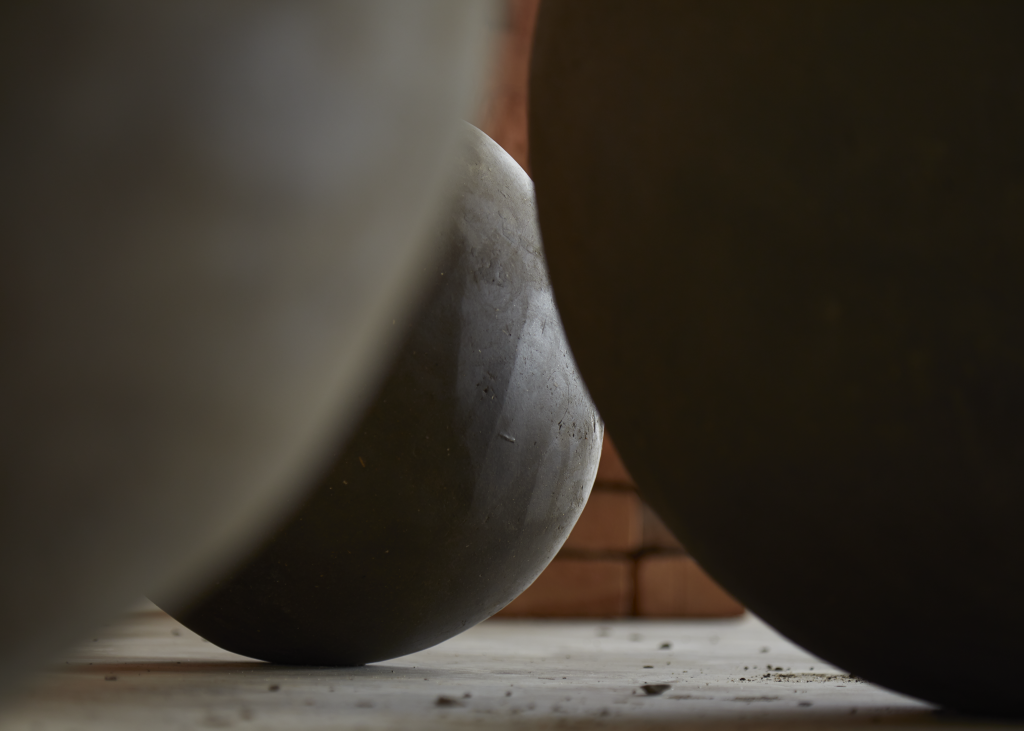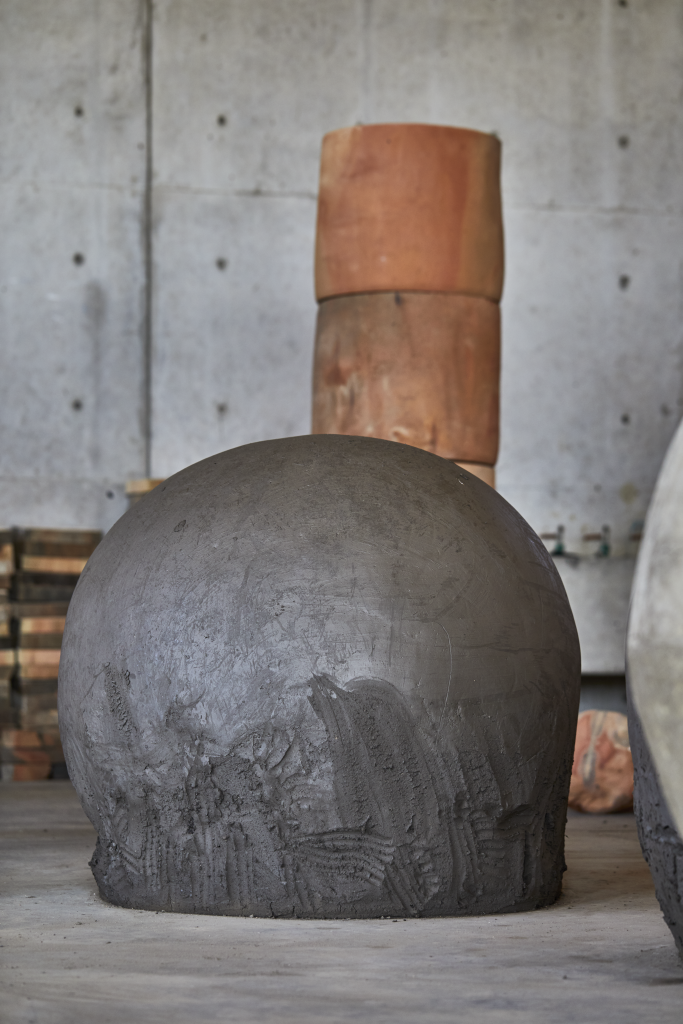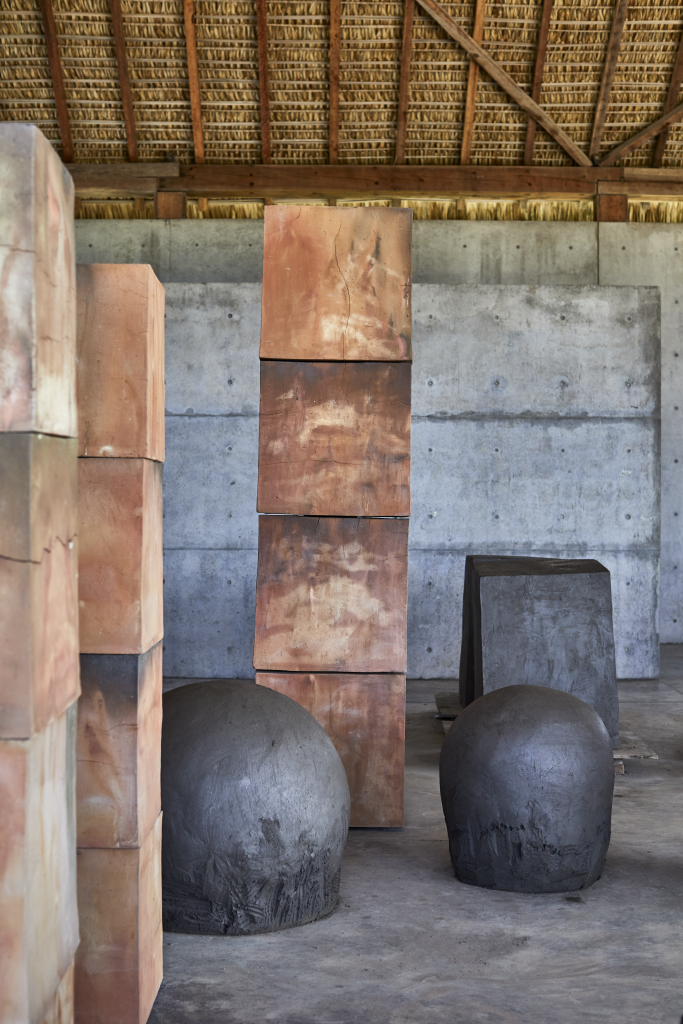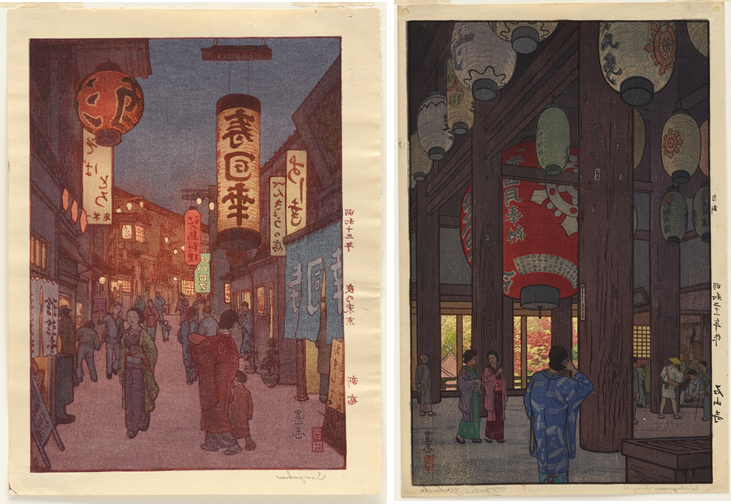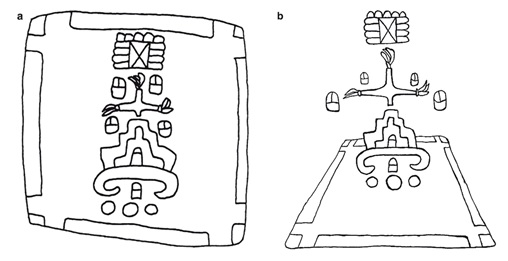Museum exhibitions serve different purposes. Some do heavy lifting in the field of new scholarship about unknown or understudied artists or cultures. Others may capitalize on strengths in the museum’s collection and, thereby, present a richer, contextual understanding of an artistic movement. And yet others present to our visitors works by artists that address gaps in our own permanent collection—a role beautifully fulfilled by the present exhibition, Pursuit of Beauty: The May Family Collection. I would like to focus on a few works and what—besides their apparent beauty—makes them special to me.
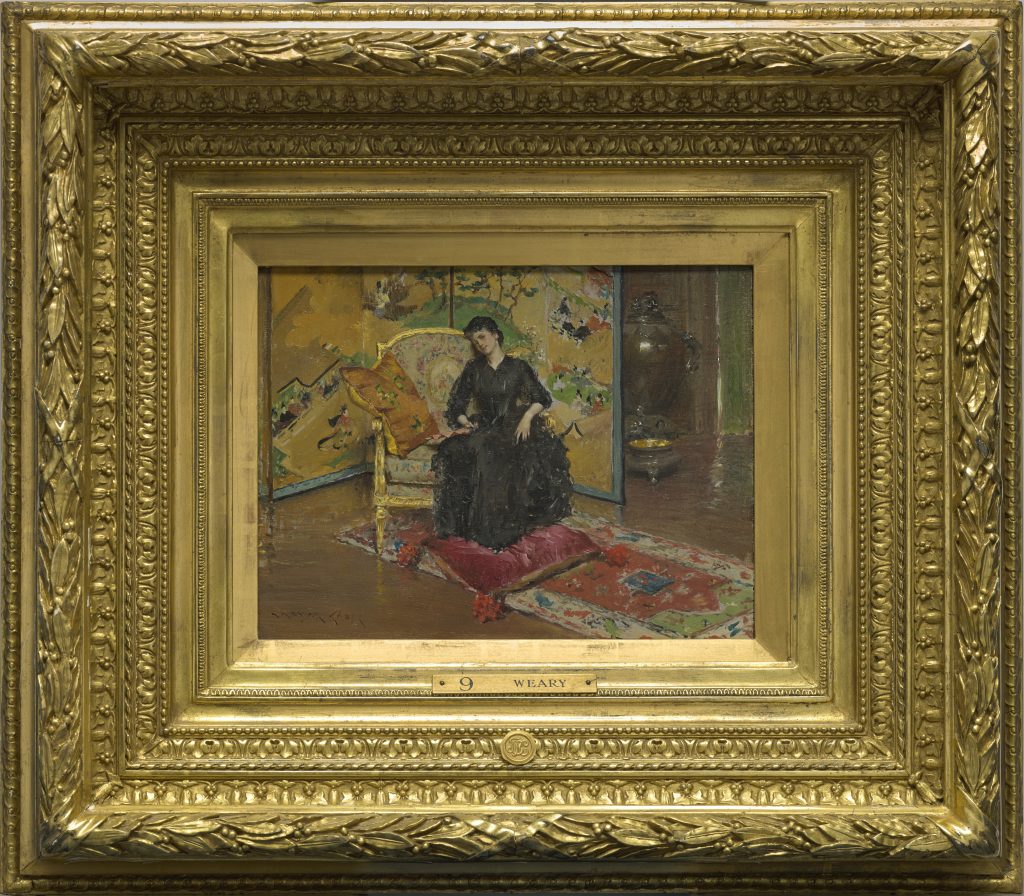
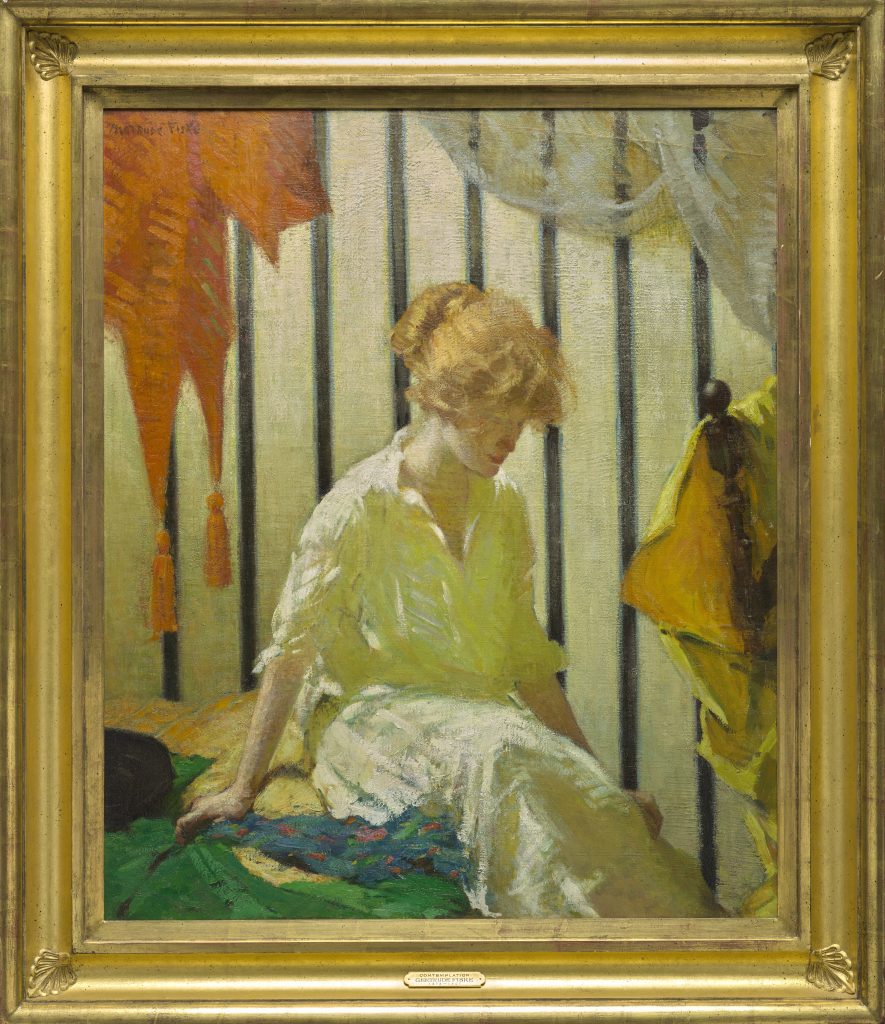
Weary (1889), a small interior scene by William Merritt Chase is a quintessential example of the artist’s skills of observation that also provides us a peek into his well-appointed studio in Manhattan. Chase was not striving to make a narrative here. The subject is beauty alone—of a sitter placed within a beautiful setting full of patterns and textures. The large Japanese screen in the background, the plush velvet of the cushion beneath her feet, the sparkle of gilding on the armature of the chair, and the gleam of light on the large vase in the background at right, are all effects that lure and please the eye. A wonderful counterpoint to Chase’s creation is Contemplation (1915) by Gertrude Fiske, an artist trained in Boston. While it too presents a contemplative woman set in an interior, the artist is presenting to us a modern woman for the new age. Using complimentary colors of orange and green to frame the sitter, the crisp striped wallpaper effectively foregrounds her. Fiske further illuminates her with light flooding in from the upper left, which simultaneously bathes her face and torso in yellow that reflects off the material at the right edge.
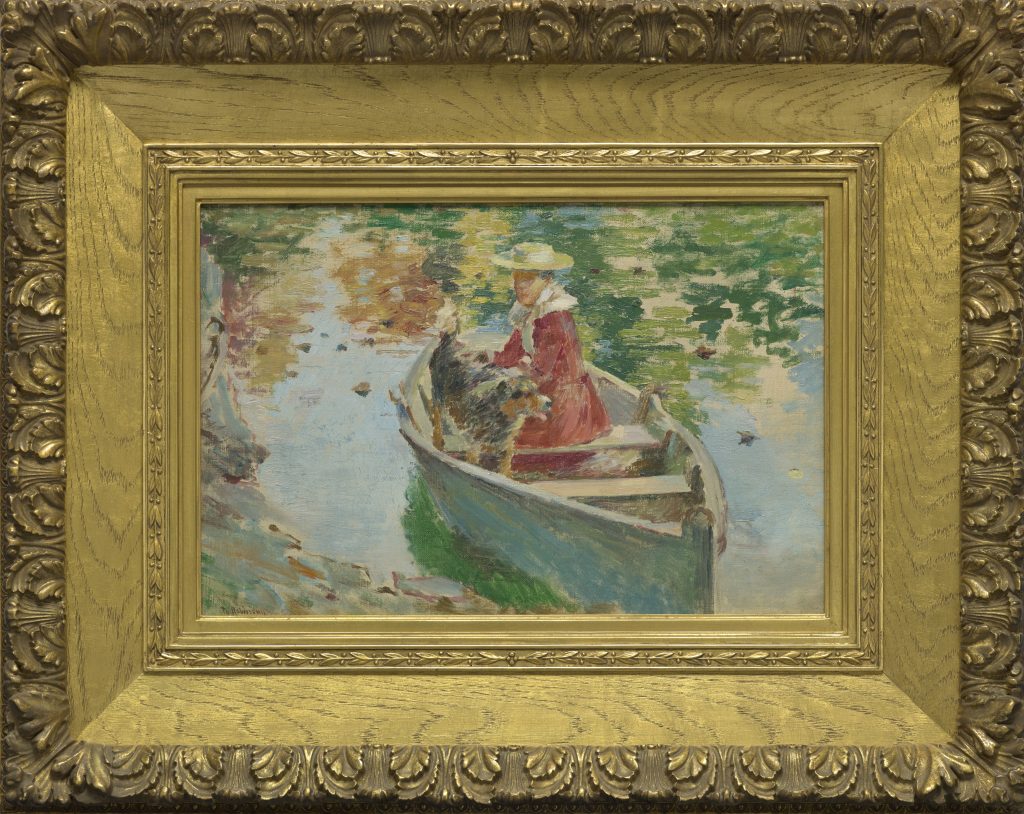
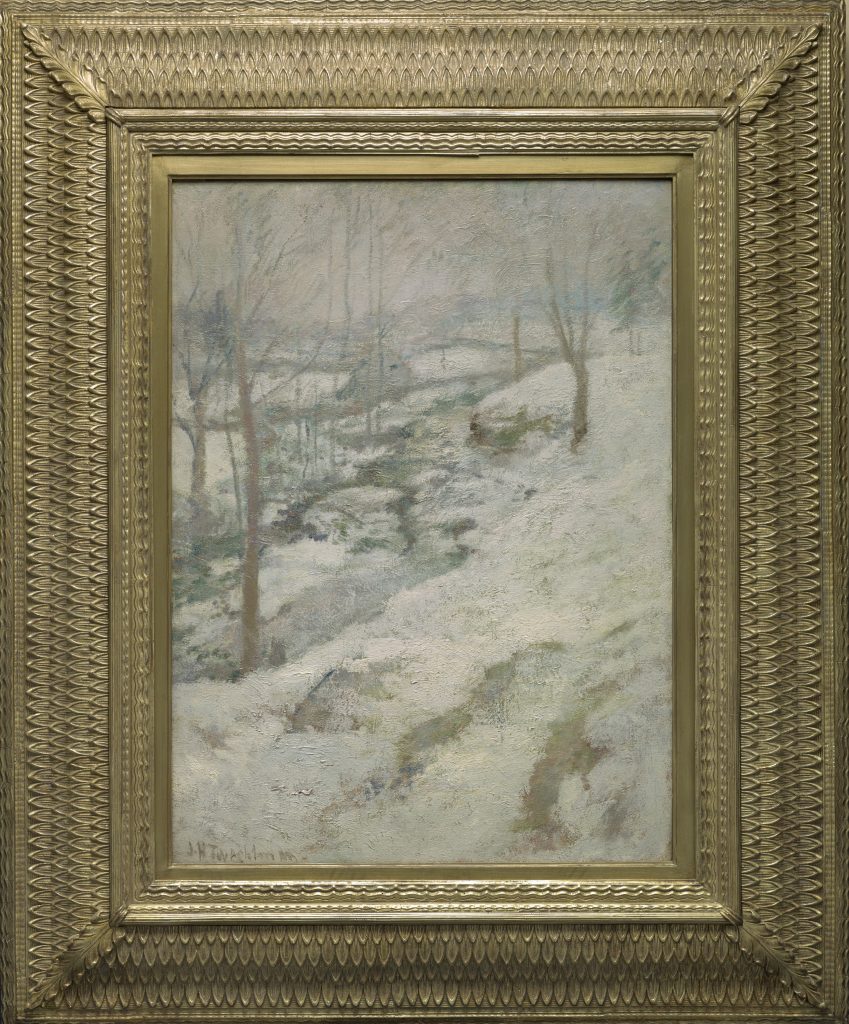
American Impressionism is underrepresented at the DMA and two works within the May Family Collection created in the exact same year offer comparison of two artists whose means (light & brushwork), achieved different ends. Theodore Robinson’s small canvas of Miss Motes and Her Dog Shep in a Boat (1893) is an oil sketch by the first and most important of the American Impressionists to paint alongside Monet at Giverny between 1886 and 1892. Robinson’s intent was to capture an individual in a fleeting moment and his quick touches of brushwork fix her at a point in time as well as evoking the optical effect of forms blurred in reflection on the dappled surface of the water. In Frozen Brook (1893), John Twachtman also endeavored to capture a particular moment, but his motivation was to capture the atmospheric and emotive effects of a winter’s day. His brushwork is more varied, complex, and labor intensive (daubed, scumbled, and dragged) to conjure the optical effect of heavy, wet snow on the cusp of spring, when all is blanketed in contemplative silence.
I do hope that you will come to the DMA to explore these five works for yourselves, along with the other twenty-three now on view.
Sue Canterbury is The Pauline Gill Sullivan Curator of American Art and Interim Allen and Kelli Questrom Curator of Works on Paper at the DMA.
